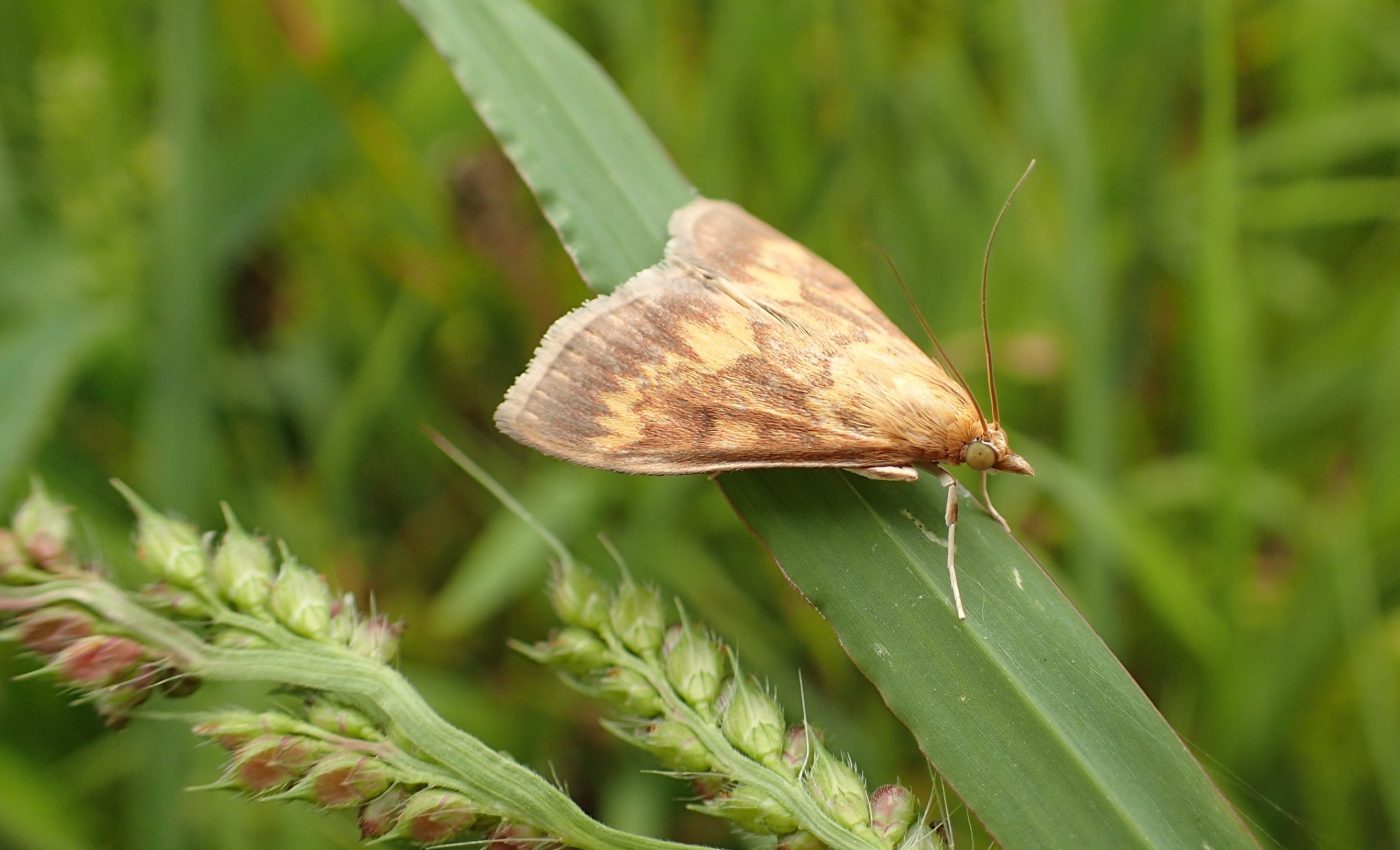
Mating secrets uncovered in European corn borer moths
A new study from Tufts University has identified the gene that controls sexual preference in male corn borer moths. The researchers were surprised to find that mating preference in the male is driven by a protein that changes pheromone detection in the brain, rather than affecting the pheromone receptors themselves.
The research complements a previous study which pinpointed the gene expressed in the sex glands of females that regulates the production of pheromones.
The identification of these two genes will ultimately provide a better understanding of how the pheromones of 160,000 moth species have evolved. The research may also help experts answer the long-standing question of why mating preferences evolve and change in the first place, considering that any change could reduce the chances of reproductive success.
One of the most obvious explanations that mating preferences evolve is that males and females of the same species rely on pheromone signals to find each other. The European corn borer has been used as a model for how one species can split into two ever since two different pheromone types were discovered 50 years ago.
“That means we now know – at the molecular level – how chemical matchmaking aids in the formation of new species. Similar genetic changes to pheromone preference could help explain how tens of thousands of other moth species remain separate,” said study co-author Professor Erik Dopman.
“This is the first moth species out of 160,000 in which female signaling and male preference genes have both been identified,” said study co-author Astrid Groot of the University of Amsterdam. “That provides us with complete information on the evolution of mate choice and a way to measure how closely these choices are linked to evolving traits and populations.”
The ability to predict mating preferences could also help control reproduction in pest insects. The European corn borer is a significant agricultural pest that is known to feed on 250 different kinds of plants. In the United States alone, nearly $2 billion is spent each year to monitor and control these moths.
One method of controlling the European corn borer moth is genetically modified “Bt corn,” which expresses insecticidal proteins. However, moths in Nova Scotia are now evolving resistance to Bt corn.
“Our results can help to predict whether Bt resistance could spread from Nova Scotia to the Corn Belt of the U.S., or whether assortative mating could prevent or delay it,” said study co-author David Heckel at the Max Planck Institute for Chemical Ecology.
“Bt corn has enabled a huge reduction in the use of chemical insecticides, and it should be a high priority to preserve its ecological benefits as long as possible.”
The study is published in the journal Nature Communications.
—
By Chrissy Sexton, Earth.com Staff Writer













